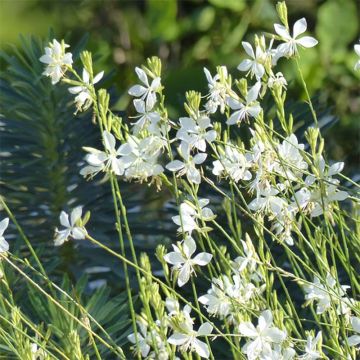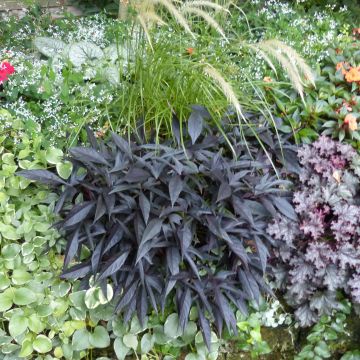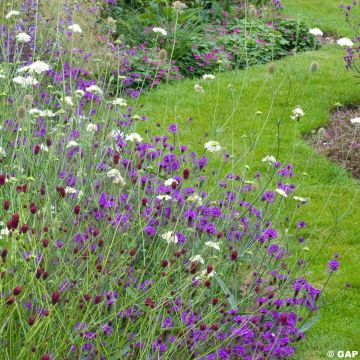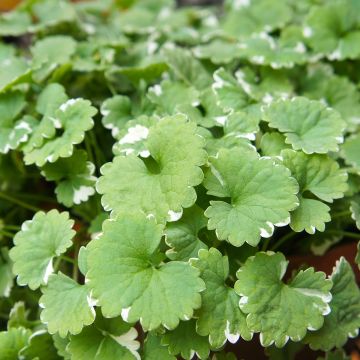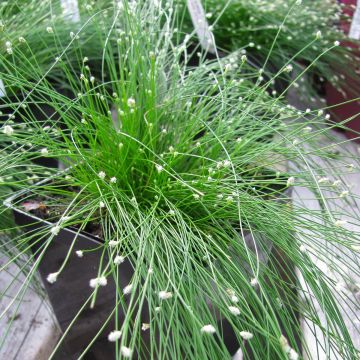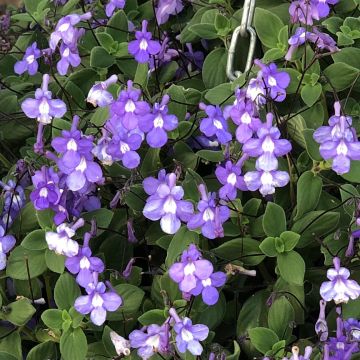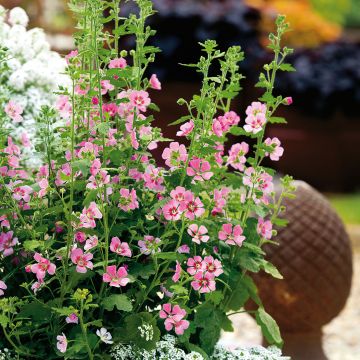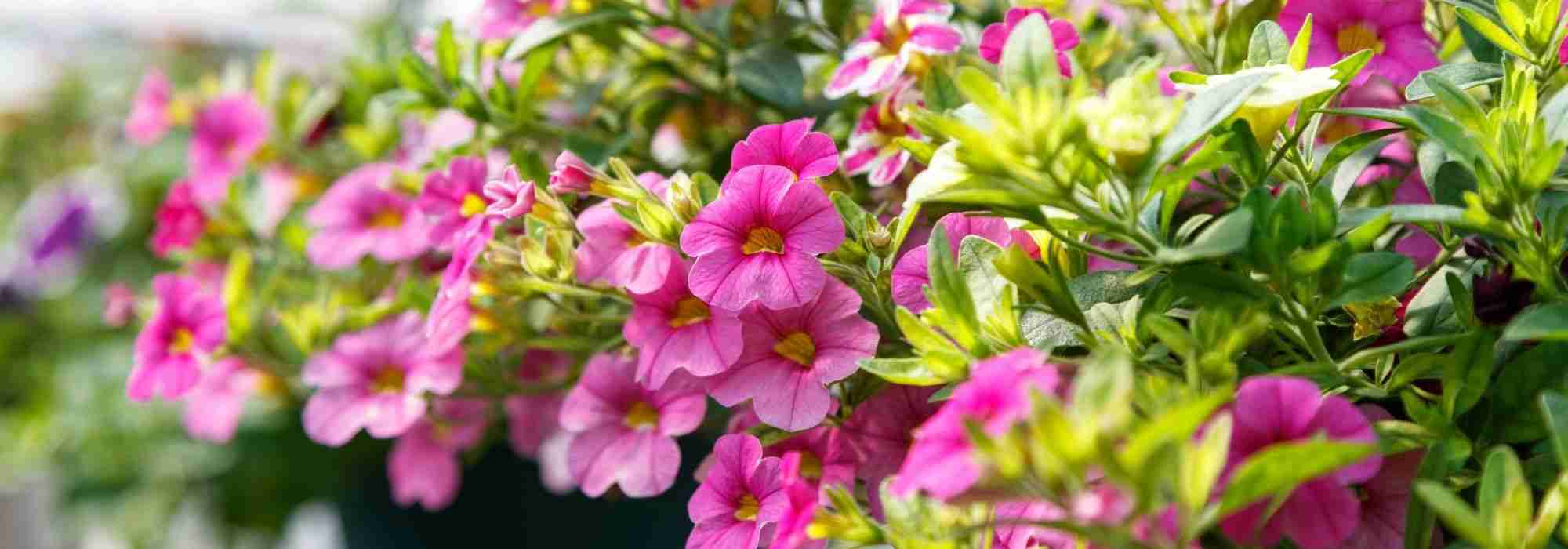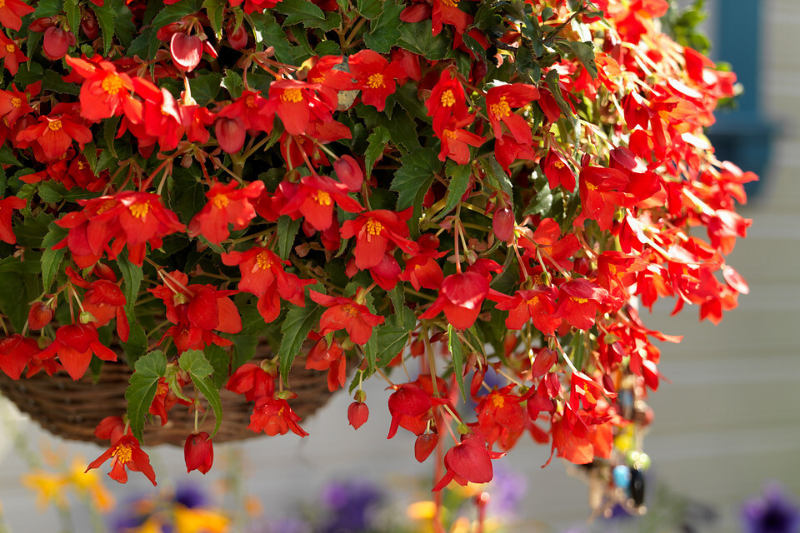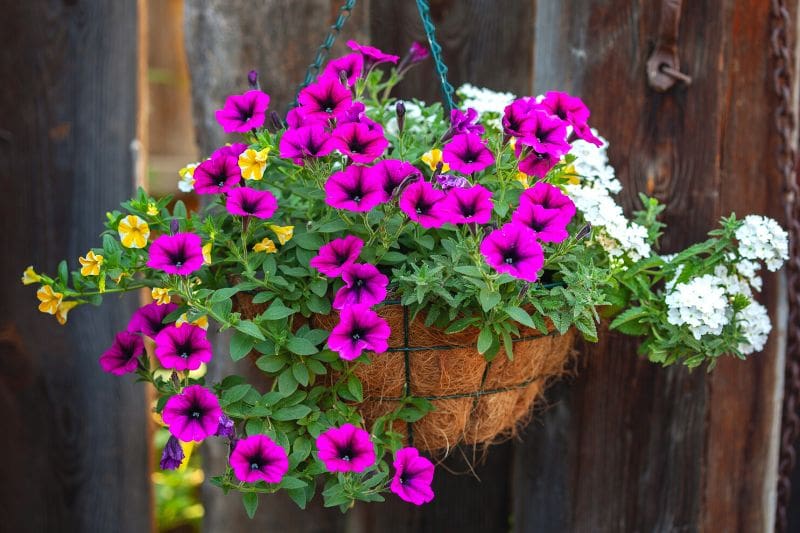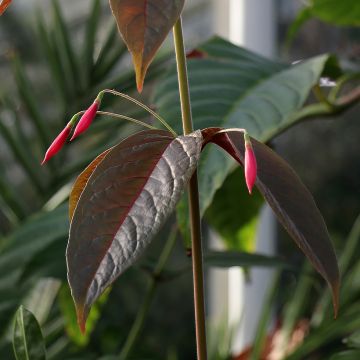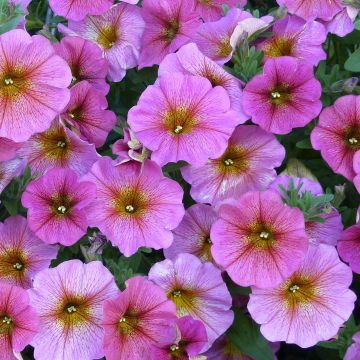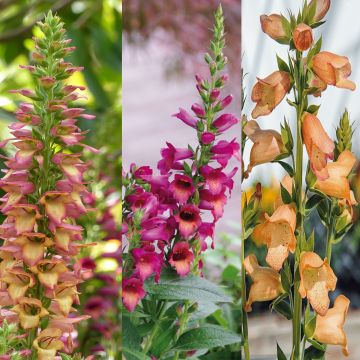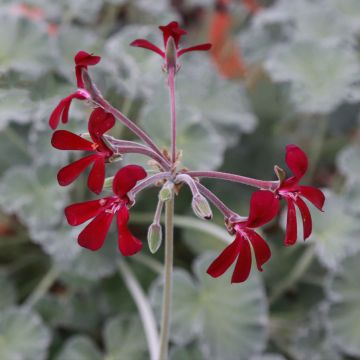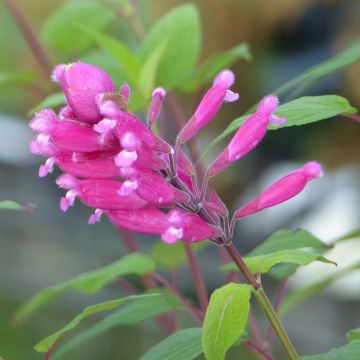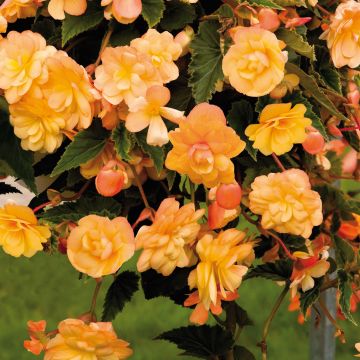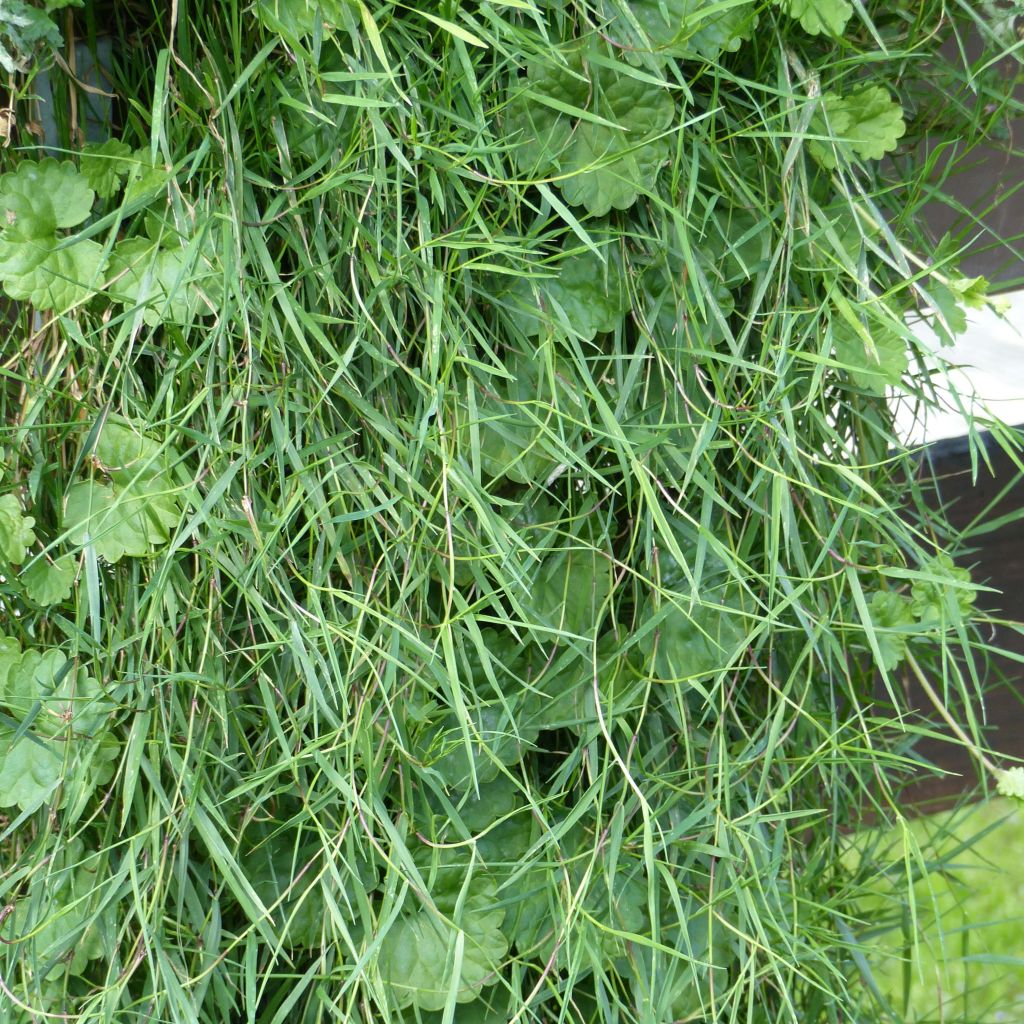

Agrostis stolonifera Bamboo Grass
Agrostis stolonifera Green Twist
Agrostis stolonifera Bamboo Grass Green Twist
Lovely plant, great recovery, vigorous growth.
szmn, 10/11/2024
Special offer!
Receive a €20 voucher for any order over €90 (excluding delivery costs, credit notes, and plastic-free options)!
1- Add your favorite plants to your cart.
2- Once you have reached €90, confirm your order (you can even choose the delivery date!).
3- As soon as your order is shipped, you will receive an email containing your voucher code, valid for 3 months (90 days).
Your voucher is unique and can only be used once, for any order with a minimum value of €20, excluding delivery costs.
Can be combined with other current offers, non-divisible and non-refundable.
Home or relay delivery (depending on size and destination)
Schedule delivery date,
and select date in basket
This plant carries a 6 months recovery warranty
More information
We guarantee the quality of our plants for a full growing cycle, and will replace at our expense any plant that fails to recover under normal climatic and planting conditions.

Would this plant suit my garden?
Set up your Plantfit profile →
Description
Agrostis stolonifera, also known as creeping bentgrass, is a perennial, creeping and spreading grass that grows rapidly through numerous stolons. It is often used on golf courses, where it forms beautiful, soft and fine-textured mats. 'Green Twist' is composed of glorious lush green root hairs that cascade in a beautiful way. It is ideal in hanging baskets and will add a decorative touch to patios and balconies. This excellent ground cover can potentially replace lawns in lightly trodden areas that are regularly watered. Place it in the sun, in ordinary but moist soil.
Agrostis stolonifera is a perennial plant of the Poaceae family, native to Eurasia and North Africa, widely spread to North America. It prefers moist places, but is not very demanding when it comes to soil type. The lateral growth of this grass with shallow roots is very rapid. It can colonise a square metre within a few months. Its stolons crawl on the ground and root at the nodes. Its appearance varies in nature, depending on its habitat. It reaches a height of about 30cm (12in). Its culms are either erect or prostrate. The evergreen leaves are linear, reaching up to 10cm (4in) long and 5mm wide. They are very flexible and most often bent towards the ground like long green hair. The inflorescences appear from June to August, depending on the climate, in the form of branched panicles bearing loose spikelets. The plant reproduces easily through its seeds dispersed by the wind.
It is a vigorous plant with real ornamental value. When used to replace a lawn, it will require a lot of maintenance: regular mowing and cleaning, removing the culms, and consistent watering. On the other hand, it is truly astonishing when planted in a vase or hanging basket on a patio. It forms a green mane in just one season, sometimes cascading over 1m (3ft). It boasts an unusual pattern, reminiscent of certain epiphytic plants from the tropics. It is undoubtedly an excellent complement to all other plants on a patio. At the end of the season, it is advisable to divide this imposing grass and replant it in a new container.
Usage: Agrostis stolonifera is planted in disturbed and polluted areas for its ability to absorb heavy metals. It helps improve water quality and also provides fodder for livestock.
Report an error about the product description
Agrostis stolonifera Green Twist in pictures
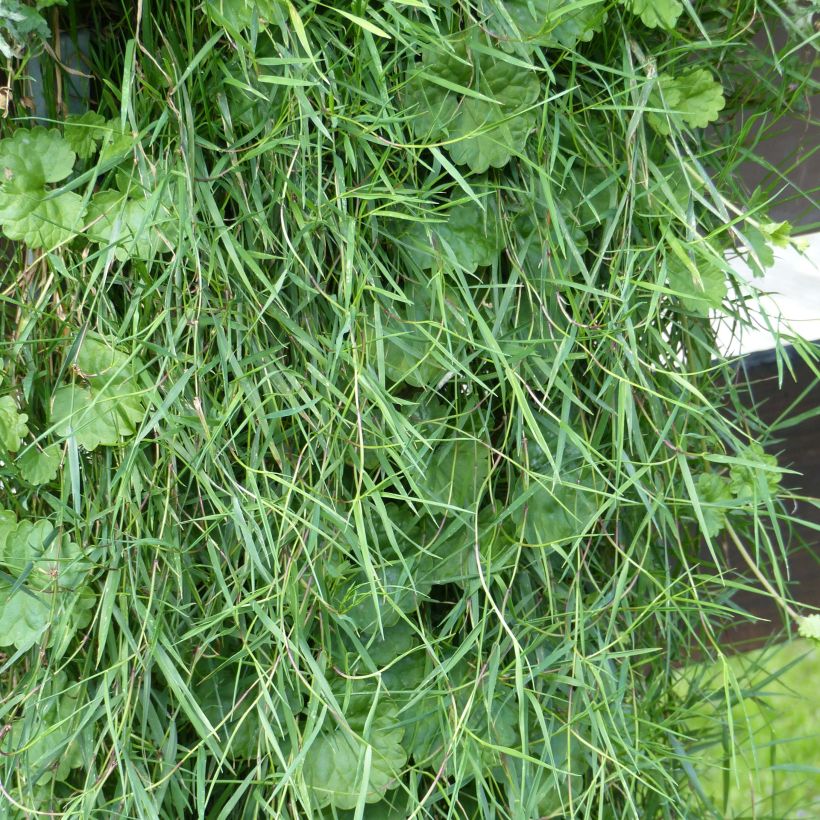

Flowering
Foliage
Plant habit
Botanical data
Agrostis
stolonifera
Bamboo Grass Green Twist
Poaceae
Central Europe
Other Other varieties
View all →Planting and care
Agrostis stolonifera prefers moist to wet soils. Its shallow root system will not withstand drought. Plant it in ordinary, acidic, neutral or calcareous soil, but keep it moist. Water regularly in hot weather, even more often if the plant is grown in a pot. Choose a sunny or, at worst, partially shaded exposure. Apply lawn fertiliser, especially in pots. Remove the flowering.
If used as a lawn, install an automatic irrigation system and avoid heavily trodden areas. Mow frequently, quite short, to a height of 2.5cm (1in), and remove cut culms. As it grows, the plant forms a tangle of intertwined stems that fold back on themselves, making mowing difficult, especially with a scythe. Apply lawn fertiliser in spring and autumn.
Planting period
Intended location
Care
Planting & care advice
-
, onOrder confirmed
Reply from on Promesse de fleurs
Similar products
Haven't found what you were looking for?
Hardiness is the lowest winter temperature a plant can endure without suffering serious damage or even dying. However, hardiness is affected by location (a sheltered area, such as a patio), protection (winter cover) and soil type (hardiness is improved by well-drained soil).

Photo Sharing Terms & Conditions
In order to encourage gardeners to interact and share their experiences, Promesse de fleurs offers various media enabling content to be uploaded onto its Site - in particular via the ‘Photo sharing’ module.
The User agrees to refrain from:
- Posting any content that is illegal, prejudicial, insulting, racist, inciteful to hatred, revisionist, contrary to public decency, that infringes on privacy or on the privacy rights of third parties, in particular the publicity rights of persons and goods, intellectual property rights, or the right to privacy.
- Submitting content on behalf of a third party;
- Impersonate the identity of a third party and/or publish any personal information about a third party;
In general, the User undertakes to refrain from any unethical behaviour.
All Content (in particular text, comments, files, images, photos, videos, creative works, etc.), which may be subject to property or intellectual property rights, image or other private rights, shall remain the property of the User, subject to the limited rights granted by the terms of the licence granted by Promesse de fleurs as stated below. Users are at liberty to publish or not to publish such Content on the Site, notably via the ‘Photo Sharing’ facility, and accept that this Content shall be made public and freely accessible, notably on the Internet.
Users further acknowledge, undertake to have ,and guarantee that they hold all necessary rights and permissions to publish such material on the Site, in particular with regard to the legislation in force pertaining to any privacy, property, intellectual property, image, or contractual rights, or rights of any other nature. By publishing such Content on the Site, Users acknowledge accepting full liability as publishers of the Content within the meaning of the law, and grant Promesse de fleurs, free of charge, an inclusive, worldwide licence for the said Content for the entire duration of its publication, including all reproduction, representation, up/downloading, displaying, performing, transmission, and storage rights.
Users also grant permission for their name to be linked to the Content and accept that this link may not always be made available.
By engaging in posting material, Users consent to their Content becoming automatically accessible on the Internet, in particular on other sites and/or blogs and/or web pages of the Promesse de fleurs site, including in particular social pages and the Promesse de fleurs catalogue.
Users may secure the removal of entrusted content free of charge by issuing a simple request via our contact form.
The flowering period indicated on our website applies to countries and regions located in USDA zone 8 (France, the United Kingdom, Ireland, the Netherlands, etc.)
It will vary according to where you live:
- In zones 9 to 10 (Italy, Spain, Greece, etc.), flowering will occur about 2 to 4 weeks earlier.
- In zones 6 to 7 (Germany, Poland, Slovenia, and lower mountainous regions), flowering will be delayed by 2 to 3 weeks.
- In zone 5 (Central Europe, Scandinavia), blooming will be delayed by 3 to 5 weeks.
In temperate climates, pruning of spring-flowering shrubs (forsythia, spireas, etc.) should be done just after flowering.
Pruning of summer-flowering shrubs (Indian Lilac, Perovskia, etc.) can be done in winter or spring.
In cold regions as well as with frost-sensitive plants, avoid pruning too early when severe frosts may still occur.
The planting period indicated on our website applies to countries and regions located in USDA zone 8 (France, United Kingdom, Ireland, Netherlands).
It will vary according to where you live:
- In Mediterranean zones (Marseille, Madrid, Milan, etc.), autumn and winter are the best planting periods.
- In continental zones (Strasbourg, Munich, Vienna, etc.), delay planting by 2 to 3 weeks in spring and bring it forward by 2 to 4 weeks in autumn.
- In mountainous regions (the Alps, Pyrenees, Carpathians, etc.), it is best to plant in late spring (May-June) or late summer (August-September).
The harvesting period indicated on our website applies to countries and regions in USDA zone 8 (France, England, Ireland, the Netherlands).
In colder areas (Scandinavia, Poland, Austria...) fruit and vegetable harvests are likely to be delayed by 3-4 weeks.
In warmer areas (Italy, Spain, Greece, etc.), harvesting will probably take place earlier, depending on weather conditions.
The sowing periods indicated on our website apply to countries and regions within USDA Zone 8 (France, UK, Ireland, Netherlands).
In colder areas (Scandinavia, Poland, Austria...), delay any outdoor sowing by 3-4 weeks, or sow under glass.
In warmer climes (Italy, Spain, Greece, etc.), bring outdoor sowing forward by a few weeks.






























